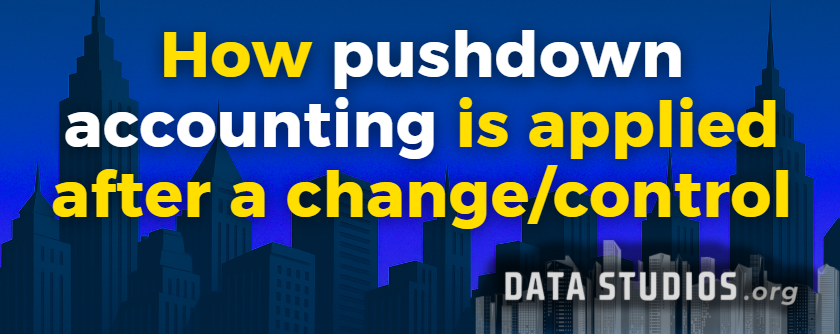Lower of Cost or Market (LCM) and Net Realizable Value (NRV) – Inventory Measurement
- Graziano Stefanelli
- Apr 30
- 2 min read

Inventory must be measured conservatively to avoid overstating asset values. If the market value or net realizable value of inventory falls below its recorded cost, companies are required to write down the inventory to the lower amount.
This article explains how inventory is adjusted under the Lower of Cost or Market (LCM) rule under U.S. GAAP (ASC 330) and the Lower of Cost and Net Realizable Value (LCNRV) rule under IFRS (IAS 2). It includes practical examples, calculations, and related journal entries.
1. Why Inventory Must Be Written Down
Inventory is initially recorded at historical cost, but its value can decline due to:
✦ Physical damage or obsolescence
✦ Market price declines
✦ Product-specific issues (expiration, design flaws, low demand)
✦ Economic conditions affecting realizability
To prevent overstatement, companies must reduce inventory to recoverable value if impairment is indicated.
2. U.S. GAAP – Lower of Cost or Market (LCM)
Under GAAP, inventory is measured at the lower of cost or market, where market is subject to constraints:
✦ Market = Replacement cost
✦ Ceiling = Net realizable value (NRV)
✦ Floor = NRV – Normal profit margin
If replacement cost exceeds the ceiling or falls below the floor, market is adjusted accordingly.
Example: ✦ Cost = $100 ✦ Replacement cost = $85 ✦ NRV = $90 ✦ Floor = $90 – $10 = $80 Since $85 is within floor and ceiling, use $85 as market value.
To record LCM adjustment: Dr. Loss on Inventory Write-down – $15 / Cr. Inventory – $15.
3. IFRS – Lower of Cost and Net Realizable Value (LCNRV)
IFRS requires inventory to be measured at the lower of cost and net realizable value (NRV). Unlike GAAP, it does not use replacement cost, floor, or ceiling concepts.
Net Realizable Value (NRV) = Estimated selling price – Estimated costs of completion and selling
Example: ✦ Cost = $100 ✦ Selling price = $110 ✦ Selling costs = $25 ✦ NRV = $85 NRV < Cost → Write down to $85
To record IFRS write-down: Dr. Inventory Write-down Expense – $15 / Cr. Inventory – $15.
IFRS allows reversal of prior write-downs if NRV increases, while GAAP prohibits reversal once written down.
4. Unit-by-Unit vs. Aggregate Assessment
Inventory can be tested:
✦ Individually (item-by-item) – Most conservative, and generally required
✦ By category or class – Allowed if items are interchangeable
✦ In total (aggregate) – Only if no individual impairment exists
The method must be consistent across periods and clearly disclosed in the notes.
5. Journal Entries and Examples
Write-down of inventory under GAAP:
Dr. Loss on Inventory Write-down – $3,000 / Cr. Inventory – $3,000.
IFRS reversal in future period (if NRV rises):
Dr. Inventory – $1,500 / Cr. Recovery of Inventory Write-down – $1,500.
Inventory after write-down is valued at adjusted amount:
If original cost was $10,000 and write-down was $2,000 → Carrying amount = $8,000.
6. Disclosure Requirements
Companies must disclose:
✦ Inventory valuation policy (LCM or LCNRV)
✦ The amount of any write-down recognized during the period
✦ Any reversals of write-downs (IFRS only)
✦ Circumstances leading to reversal or significant losses
✦ Carrying amount of inventory pledged as collateral
These disclosures improve transparency regarding inventory risks and realizability.




